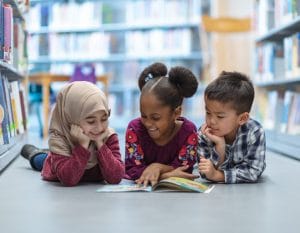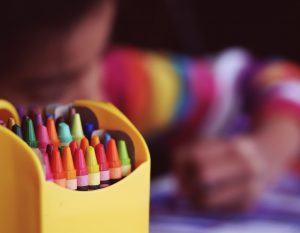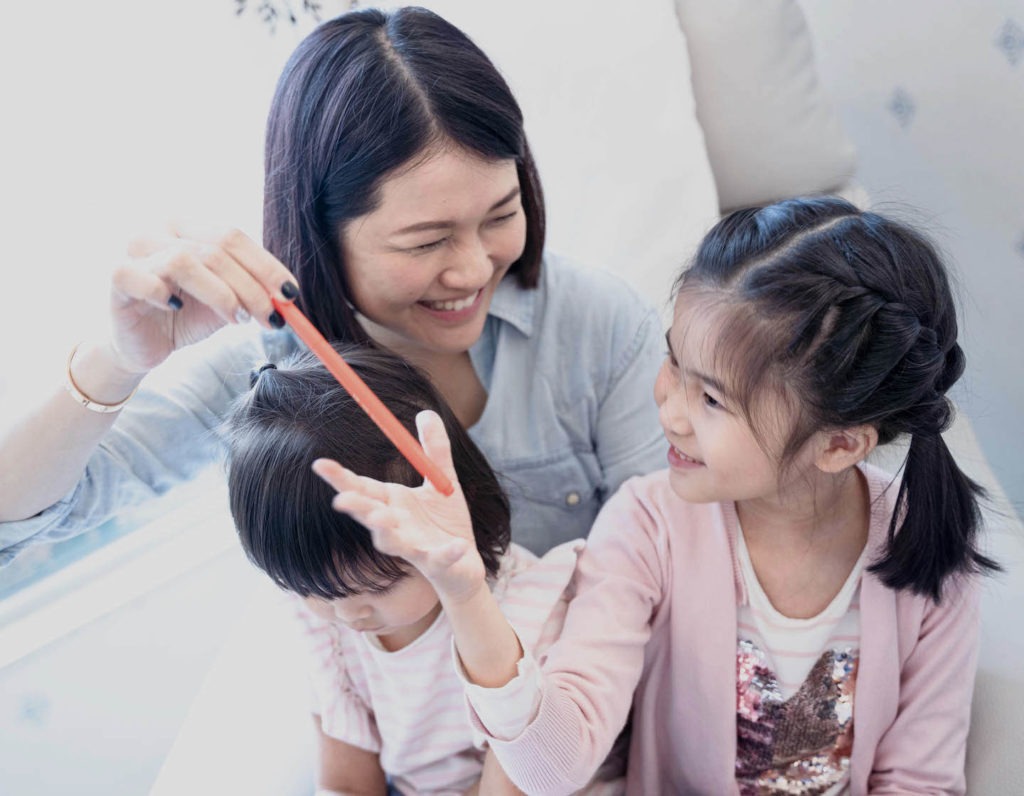
April 20 is Chinese Language Day. Here’s how to create a practical, realistic and enjoyable Chinese language learning environment.
The good news is I can confirm my daughter didn’t eat a frog for her evening snack. A few nights ago, as she brushed her teeth and foamed at the mouth, she described to me how the green, crunchy pieces of qing wa (青蛙 = frogs) in the fridge were a delightful snack. Can I have more qing wa tomorrow, she asked.
Excuse me? I must have heard wrong.
The qing wa, she repeated while spitting out toothpaste.
Now, I am not against eating frogs (frog legs, anyone?), but I was slightly alarmed that we had small dead frogs lying about in the fridge. I hurried to the kitchen to double-check; she followed close behind. Ohhhh – I heard her giggling next to me – she said qing gua (青瓜 = cucumbers)!
Read more: Mandarin Lessons For Kids In Hong Kong: Chinese Classes, Playgroups And Tutors
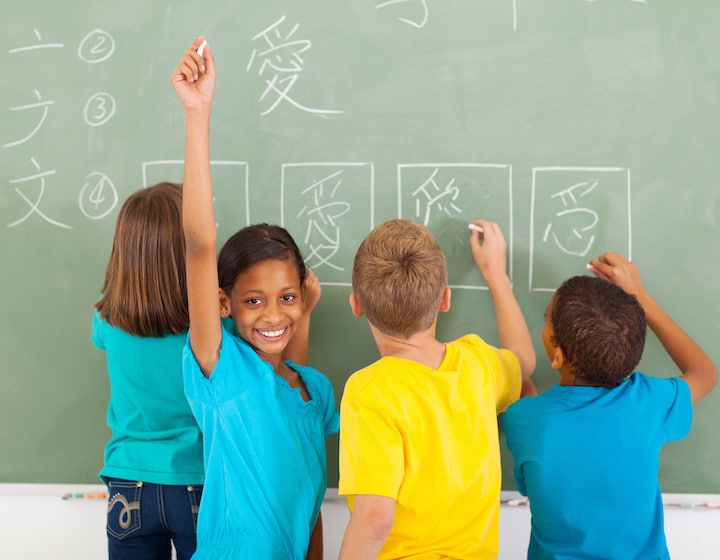
Learning Chinese In Hong Kong
These translation and mistranslation gaffes always delight me. In fact, of the many advantages of living in Hong Kong, I never take for granted the multicultural influences we have access to. This is a city where differences in race and culture unites instead of divides our community. My own mongrel family is a classic example of this ethnic mixed-upness, and my children have artfully adapted to their multi-layered selves. “I am half German, half Taiwanese, half English, and some Hong Kong,” I hear my youngest explain to his buddies. His little friends nod in affinity. They too have smorgasbord backgrounds.
It is with this lens of globalisation that we as parents recognise our children’s future is multilingual. Mandarin, the most spoken language after English, is the obvious choice to study. In Hong Kong, the atmosphere of learning Mandarin is now pervasive, positive and popular, even for mixed-race families with one Chinese parent (indeed, even for families with no Chinese parents). But I’ve observed throughout the last decade of being a parent, my friends and acquaintances anxiously preoccupied with the notion that “my child must learn Chinese.” What follows then is an inordinate amount of energy spent on creating a Chinese learning environment – vying for coveted spaces at bilingual schools, paying large sums of money for Chinese tutors and tuition classes.
I wonder if these endeavours, at times fraught with our frustration and undue pressure on children, may be misguided. As the demand “to learn Chinese” seems on an ever upwards trajectory, it is worth asking ourselves: for what reason do our children learn Chinese?
Read more: Skills That Our Children Will Need In 10 Years’ Time

What Are Your Objectives As A Parent?
I am of Taiwanese descent and was fortunate to learn Chinese via absorption at home rather than acquisition at school. Luck was on my side because being tone-deaf and hard of hearing, I would have quit before I started learning this complex language. Besides rote character memorisation, to learn Chinese properly means to study stroke order, radicals, homophones, homographs, and those finicky tones difficult to differentiate for a non-native speaker.
When I worked at a bilingual international school, my non-Chinese speaking friends often sought me for advice on the best approach to learn Chinese for their little ones. In response, I asked them to consider their language objectives while suggesting this framework may be helpful.
 You want your kids to have a basic knowledge and understanding of Chinese.
You want your kids to have a basic knowledge and understanding of Chinese.
If sufficiency is the goal then keep the Chinese classes lighthearted and interactive. The intention would be to commit a few hundred characters to memory and a firm grasp of pinyin, which is sufficient for typing Chinese. One method that works brilliantly for my children is to give them access to Chinese-medium multimedia, from cartoons to music to films. For younger children (1 to 6 years old), Qiao Hu videos are a hit (think Barney & Friends) and for older children, we play Disney shows and films dubbed in Chinese, such as Dora the Explorer, Jack and the Neverland Pirates and DocMcStuffins (bonus points, turn on Chinese subtitles!).
Like any language, if you don’t use it you will lose it. If your family is in Hong Kong for a limited number of years and it’s unrealistic to support a Chinese learning environment in your home country, then shrug off the peer pressure to have your children learn as much Chinese as they can. If the language environment can’t be realistically maintained, perhaps exposure to the language is all your child needs.
Read more: How To Raise Multicultural Kids In Hong Kong

 You want your children to be proficient in Chinese.
You want your children to be proficient in Chinese.
This is my personal objective for my children. My intention is that should they be airdropped back to Taiwan, they could comfortably integrate with the local community, and have the ability to read menus, signage, and grasp the gist of newspaper articles. A proficient ability also implies facility with translation tools including Pleco (our family’s saving grace), online dictionaries, and pinyin or zhu yin (Mandarin Phonetic symbols). And like the cucumber-not-frog example, children with an everyday ability can appreciate the nuances of the Chinese language and have fun with it.
On a practical level, what this means (besides academic Chinese instruction) is copious amounts of extracurricular reading to support the studies. But it’s difficult to get my kid to read, you say (don’t I know it!). In fact, my hope is not that my child reads, but that my child wants to read. But how do you try to have reading become intrinsically motivated and not externally enforced?
I’ve scoured bookstores looking for attractive reading material and found some gems in Eslite and Commercial Press. For older children, an informative and digestible Chinese newspaper is Guoyu Ribao. And if all else fails, reading may or may not have involved rewards and bribes, which may or may not have included extra screen time and sweets. Although learning Chinese takes time and effort, it does not have to be drudgery (at least not at the proficient level).
Read more: How Hong Kong Parents Are Tackling Issues Of Diversity And Inclusion
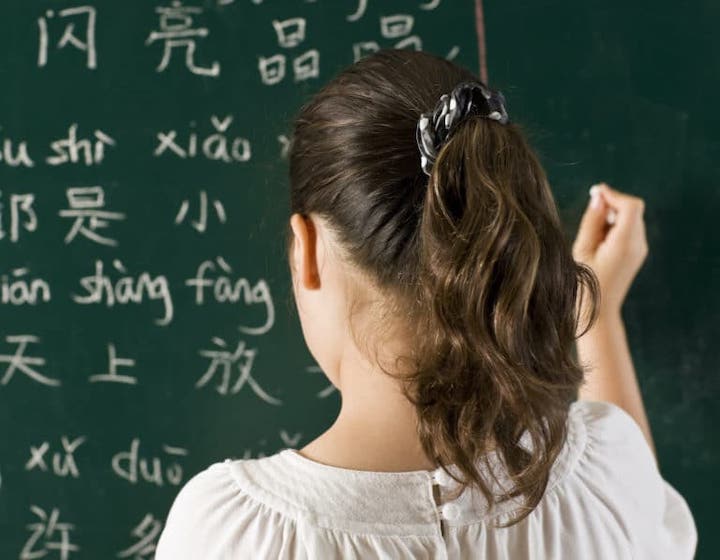
 You want your children to be fluent in Chinese.
You want your children to be fluent in Chinese.
If fluency is the objective, then this is when you as a parent pull out all the stops: bilingual school, full-time Chinese tutor and extra tuition classes, summer school immersion, and a magical reservoir of unending patience as you support your child’s Chinese learning. Many parents, including myself, adopt the OPOL (One Parent One Language) method. This practice is used when each parent makes the conscious effort to only speak his/her native language to the child. OPOL becomes more difficult to maintain for the parent who has the “secondary language” (in our case, Mandarin).
In many ways, although the ultimate benefit of fluency is to your child, it will feel like it’s your commitment, resourcefulness, and effort that is required for a successful outcome. There was a (very short-lived) time when I believed I could sustain my children’s learning at a fluent level – until I was both the reluctant Tiger Mom and underappreciated caddy. After some self-reflection with my husband, we readjusted our expectations for our children. In short, we are now a more relaxed and happier household because of it.
Read more: Raising My Bilingual Baby: Reflections From A Researcher And Father

Language As A Tool For Cultural Appreciation
At this stage, you may not know where you (and the kids) will use the language that you’ve all so painstakingly learnt. Sure, you can use it for the times you need to order ma po do fu (麻婆豆腐) and the waiter doesn’t understand your gesticulations. Or when you are backpacking in China’s countryside and want to find the nearest toilet. But there’s one subliminal use that will always come in handy.
Learning Chinese is useful for gaining more access and insight, and increasing cultural awareness. In other words, learning Chinese is the precursor to a better appreciation of Chinese customs, people, and history which in turn fosters empathy and union. The good news is cultural appreciation can be achieved regardless of your level of language acquisition. Any amount of cultural appreciation is achievable and beneficial. From the ability to eat chicken feet without wincing, to celebrating Chinese festivals, to valuing the beauty of ancient Chinese sonnets (tang shi), these are all ways of appreciating a country’s culture.
Read more: International Mother Language Day: Celebrating Hong Kong’s Diversity
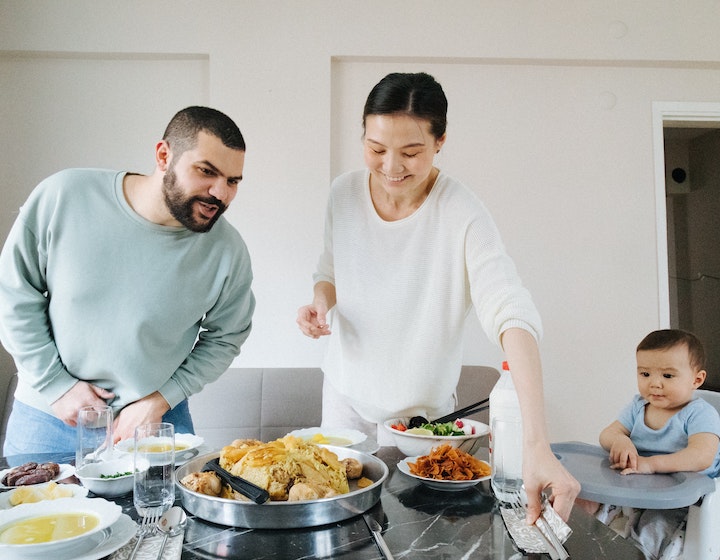
There’s another aspect that learning Chinese (or rather relearning while teaching my kids) has had for me as an ethnic Chinese individual – a sentiment that many Sassy Mama readers may share. When I started practising OPOL with my children, I found that the more I communicated in Chinese, the stronger my native roots grew. I discovered that even though English is my proficient language, Mandarin is still my native tongue – the language that resonates with the wavelengths of my emotions, and has the ability to exactly voice my sentiments. I greet my children with xin gan bao bei – the literal translation of “heart, liver, treasure” is awkward, but the infused meaning is abounding endearment. Passing on this verbal family heirloom, whispered lovingly to me by my parents, feels natural and appropriate. It’s as if I’m channelling a generational transference of love, tenderness, and history to my children.
While our backgrounds, motivations and objectives for learning Chinese may be different, most of us will agree that learning an additional language is beneficial. But hopefully, the learning does not stop inside the classroom but extends into multicultural awareness, appreciation, and empathy for people from other cultures.
 View All
View All
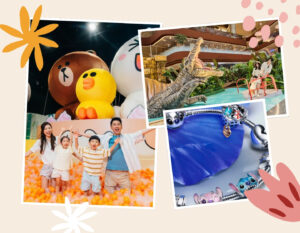

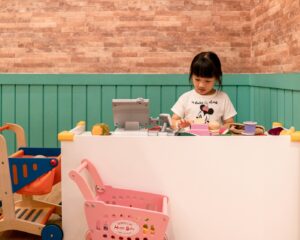





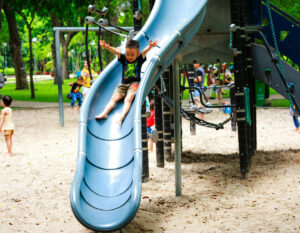
 View All
View All





 View All
View All


 View All
View All








